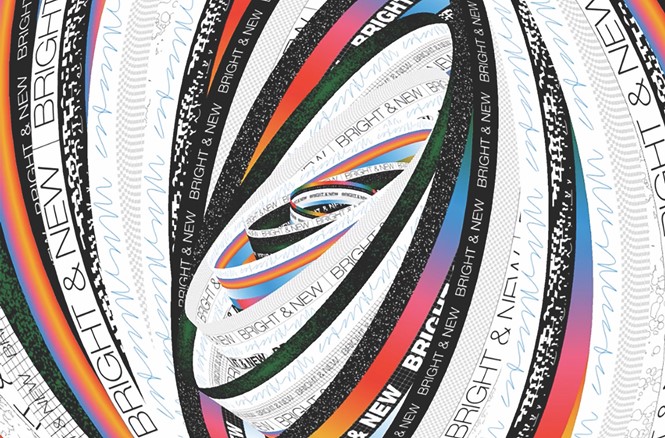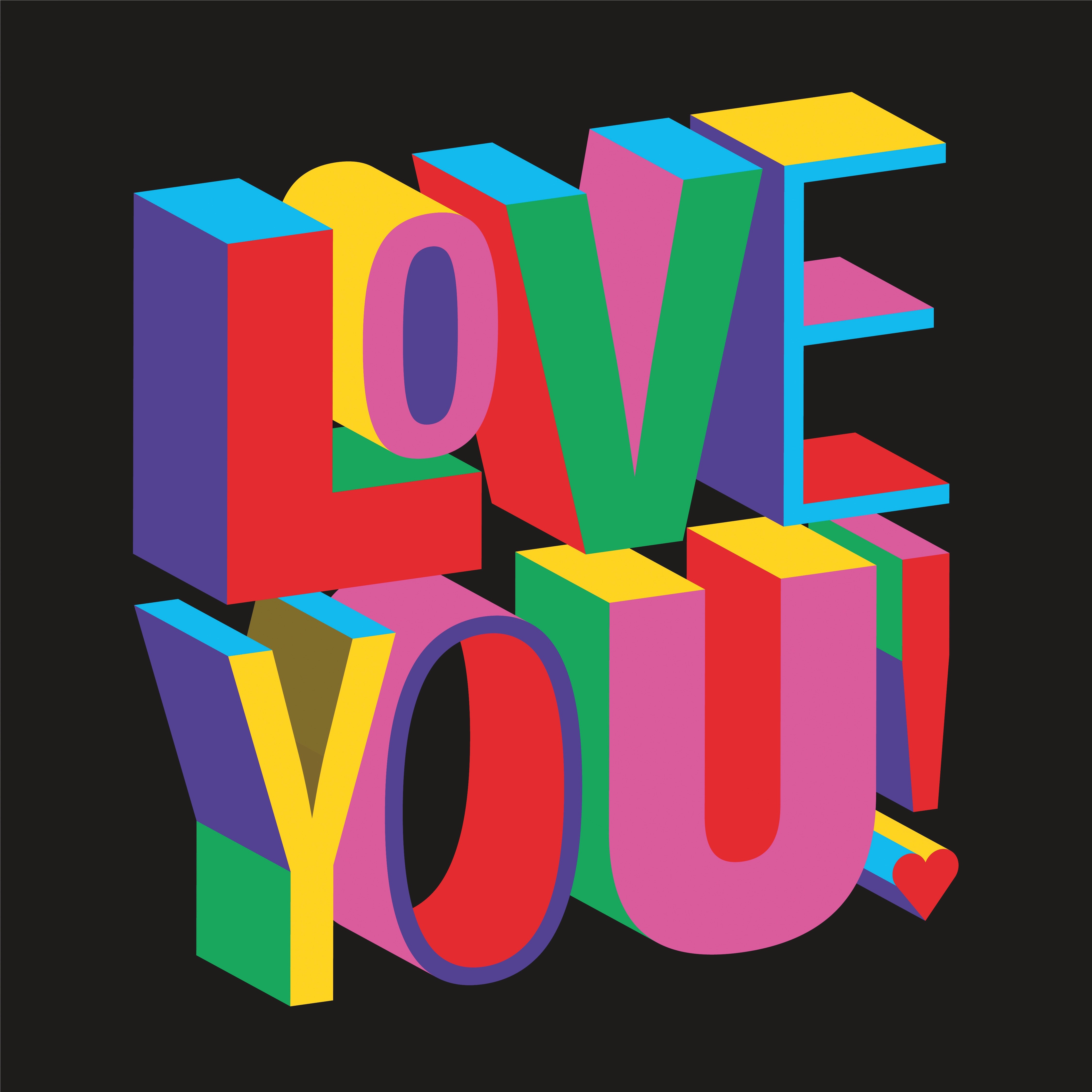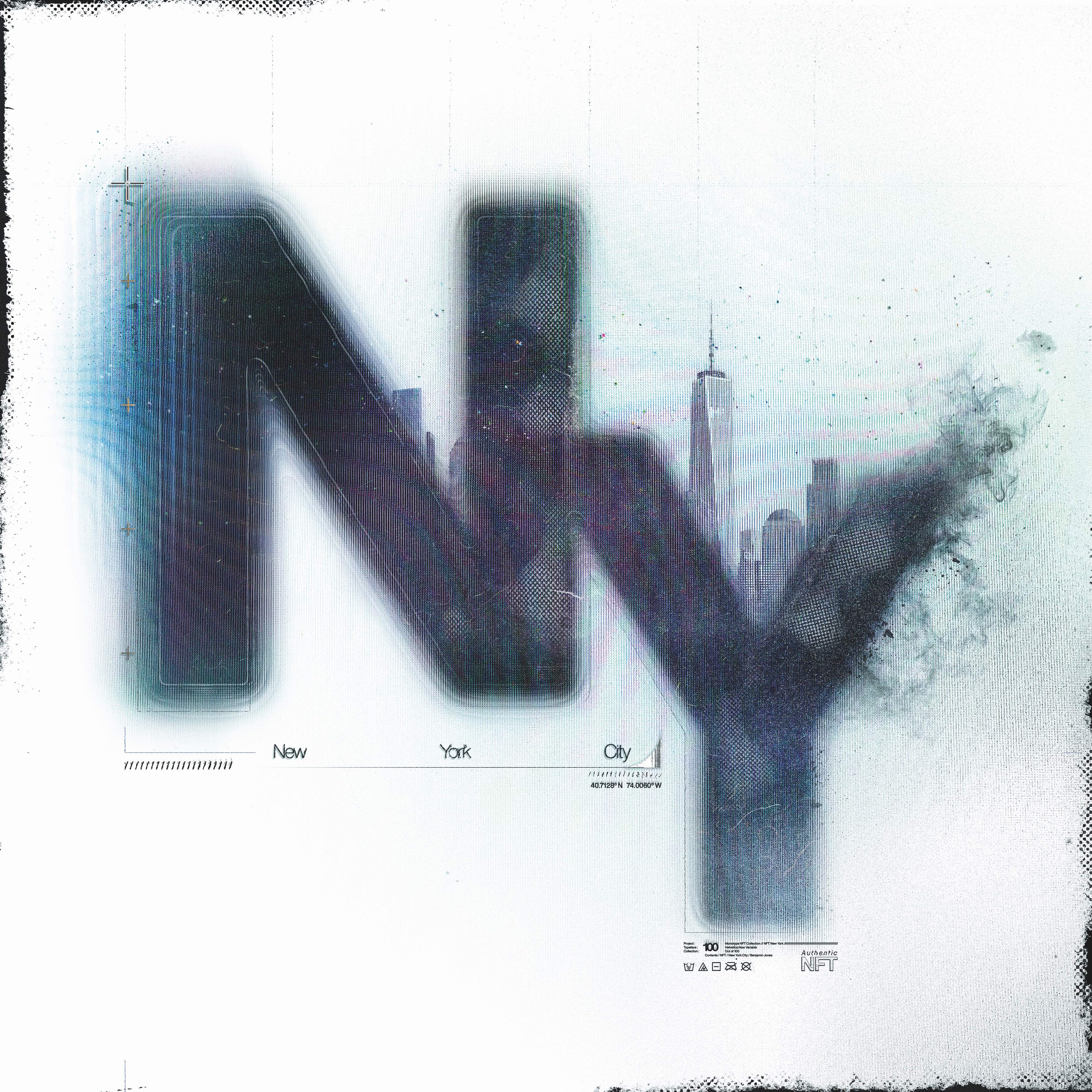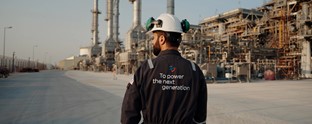Just my type

A collection of NFTs created by artists from around the world in collaboration with Monotype – including Paula Scher and Margaret Calvert – launched the iconic typeface Helvetica into the Web 3.0. Charles Nix, creative type director at Monotype, discusses the revolutionary ‘Helvetica The NFT’ project with Transform.
What did the Helvetica The NFT project hope to achieve, and why was this specific font chosen?
Helvetica The NFT brought together a community of artists and designers around the theme of typography. Helvetica is arguably the most famous typeface of all time. It’s a natural representative of typographic form, but it’s also a very malleable medium. The concept behind the design of the family was to create the clearest, simplest, most neutral typeface ever. As designers, that concept is a dare or a challenge to make something remarkable from something designed to be unremarkable. When you review the complete collection, you can see the variety of visual expression that each artist achieved using the same foundational design. This project was designed to celebrate type in culture while using an emerging mechanism to build a community of enthusiasts.
Who were the creators involved in the project, and how did their versions of the digitised Helvetica differ?
More than two dozen creators were included in this project, including myself and James Sommerville, founder of KnownUnknown, our creative partner on the collection. The group was inter-disciplinary, including photographers, sneaker designers, graphic designers and more; it was also inter-generational, with revered design legends as well as newer, emerging names who you’ll recognize for years to come. Again, when you review the collections you can see how they are differentiated, they all tell a unique story. Each artist was given Helvetica Now Variable, the most digital-friendly version of the typeface ever made, which allowed for creative expression in the form of static or animated artwork.

What do the holders of these NFTs get out of it?
Individuals own artwork for a wide range of reasons. It may be the simple satisfaction of ownership. It could be that the work resonates with them. It could be that they’re looking at it as an investment in the particular artist who produced it. KnownUnknown is also building a community of design enthusiasts, over time, the project will grow and evolve accordingly.
What does the three-dimensional aspect, as seen with the Helvetica NFTs, add to the art of typography design?
Dimensionality can make typography more abstract and engaging. Typography is already an interesting thing, but a thing with unexpected volume is remarkable. In mixed-reality environments, such as the metaverse, typography will play a key role in the visual experience of users, and how they will consume and engage with information.
What benefits could reimagining typography generate for the branding world?
Typography is the visual voice of the brand. It is the visual tone of language. It contributes (along with language, colour, photography, illustration, sound, and other brand assets) to the perception of the brand. As brands become increasingly digital, a new typography – a new way of seeing and experiencing brand language – will set leading brands from the rest.

Why is it worth celebrating the role of typography in culture?
Language is encoded thought. Typography is encoded language. The form of language has its own meaning – sometimes subtle, sometimes bombastic. Typographic form is both culture and cultural conspirator. It’s amazing on its own as a marker of our times and creativity, but doubly so as a communication partner – a visual voice.
In an increasingly digital-first world, how are typography designs changing in general?
Type technology is changing. The new Variable font format fundamentally changes the way we think about type families—rolling all of the individual font styles into a single font file. Variable also contains a spectrum of possibilities: not just the fixed styles of old font families, but thousands or millions of font styles in a fluid design space. That will mean more expressive typography, more refined typography, and more animated typography.












